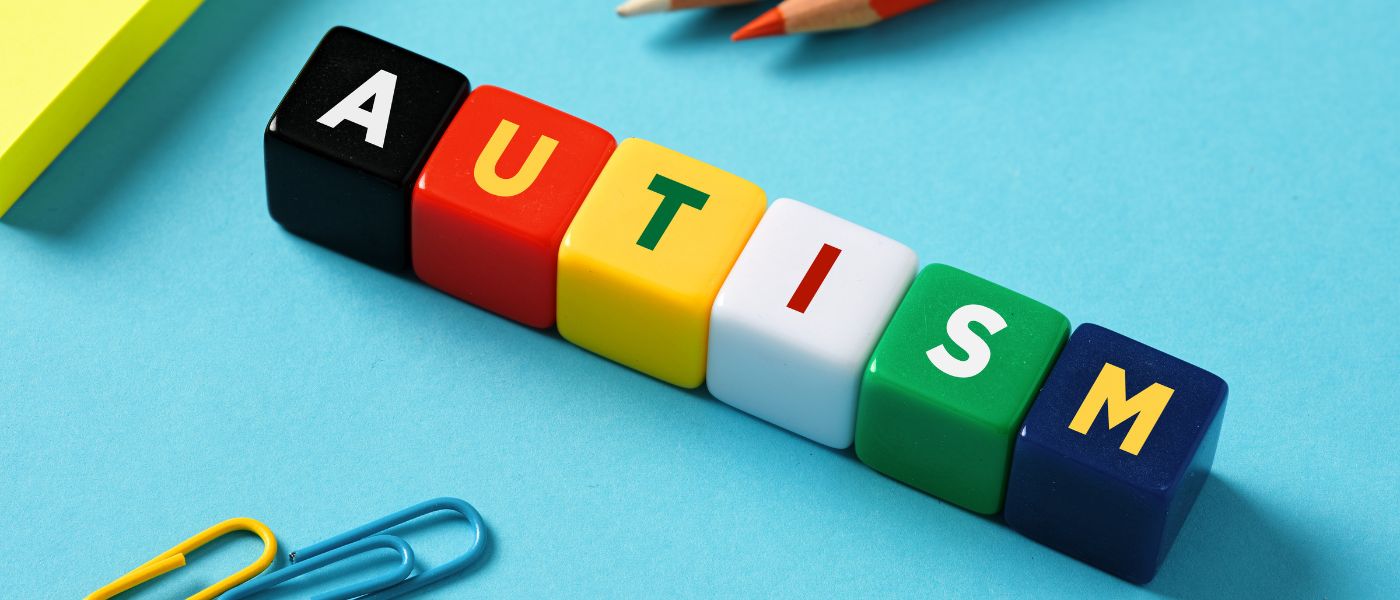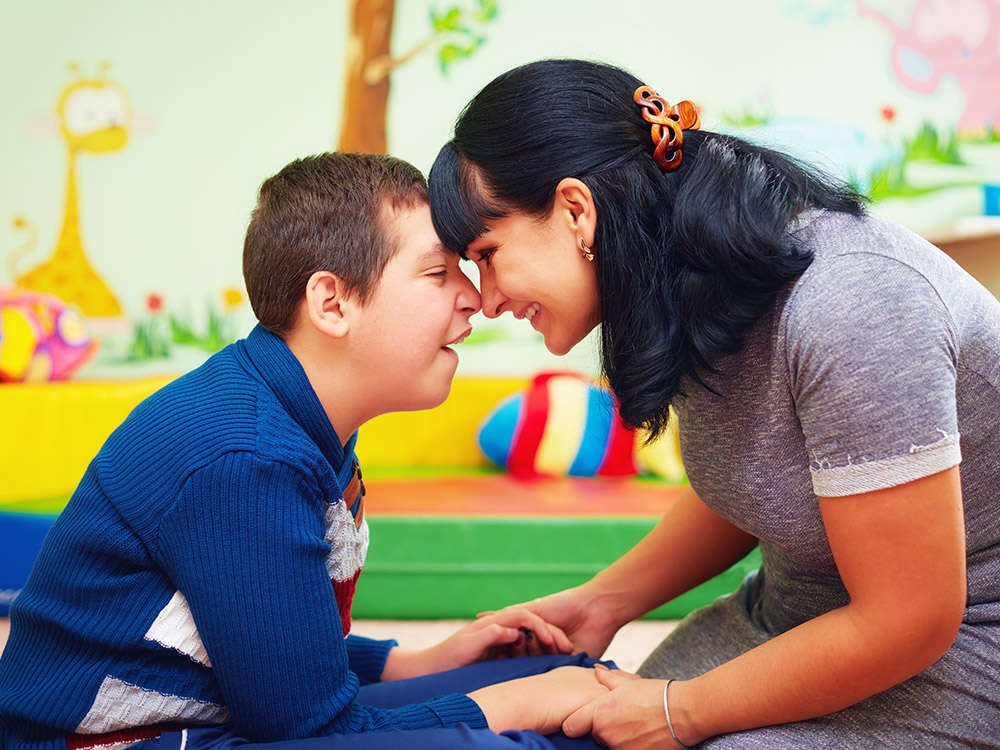Autism and Sensory Processing: Exploring the Connection and Its Effects
Wiki Article
Recognizing Autism: A Comprehensive Guide to Indicators and Signs
Autism Spectrum Condition (ASD) incorporates a vast range of qualities that can dramatically influence a person's social interactions and daily functioning. Recognizing these nuances not only aids caregivers and teachers in offering proper assistance yet additionally cultivates a more inclusive atmosphere for people with ASD.Review of Autism Range Problem
Specifying Autism Range Problem (ASD) entails identifying it as a complicated neurodevelopmental problem defined by a series of difficulties in social communication, communication, and behavioral patterns. The term "spectrum" reflects the wide variability in signs and symptoms and their intensity, which can vary substantially from one person to one more. ASD usually materializes in early childhood, although some people might not get a medical diagnosis till later on in life.Elements influencing the development of ASD include environmental aspects and genetic proneness, although the specific reasons continue to be under examination. Medical diagnosis usually relies upon behavior evaluations, as there are no definitive clinical examinations for ASD. Early intervention is crucial and can dramatically enhance outcomes, concentrating on boosting communication abilities, social interactions, and flexible habits.
Individuals with ASD might also show special strengths, such as exceptional attention to detail or specific locations of experience. Comprehending the multifaceted nature of ASD is crucial for promoting a comprehensive atmosphere that suits neurodiversity. Continued study is crucial for developing efficient interventions and support systems, enabling individuals with ASD to grow and satisfy their possible within culture.
Typical Indicators of Autism
Acknowledging the usual signs of Autism Spectrum Problem (ASD) is important for very early recognition and intervention. These indications can vary extensively in seriousness and discussion, yet certain attributes are regularly observed in individuals with ASD.One of one of the most widespread indications is a marked difficulty in keeping and establishing eye get in touch with. People might additionally exhibit restricted passion in social interactions and show a choice for singular play. Recurring behaviors, such as hand-flapping, rocking, or spinning items, commonly arise early in childhood years. Furthermore, some youngsters might create strict routines and become distressed if these routines are interrupted.
Sensory level of sensitivities are likewise typical; individuals may overreact or underreact to sensory stimulations, such as sounds, textures, or lights. autism. Language development can be atypical, with some youngsters showing postponed speech or utilizing language in uncommon methods, including echolalia-- repeating sentences or phrases heard elsewhere
It is important to note that not every person with ASD will certainly show all these signs, and the level of these habits can differ considerably. Early recognition enables timely support and sources, improving the quality of life for those on the range.
Social Interaction Challenges
Social interaction difficulties are a trademark of Autism Spectrum Condition (ASD), impacting a person's capability to engage properly with others. These problems can manifest in different ways, including challenges in initiating and preserving conversations, recognizing social cues, and reacting appropriately in social communications.Individuals with ASD might have a hard time with nonverbal communication, such as eye call, faces, and body movement. This can result in misconceptions, as their communicative intent may not be appropriately interpreted by others. They might locate it challenging to comprehend the nuances of tone and context, which are necessary for effective interaction.
In team settings, individuals with ASD might feel overwhelmed and might not additional info know just how to join in discussions (autism). They could also display irregular conversational patterns, such as monologuing concerning particular rate of interests without recognizing social reciprocity
Additionally, these challenges can lead to social seclusion or troubles in forming connections, as peers might misunderstand their actions or communication style. Comprehending these social communication challenges is vital for cultivating supportive environments that promote social skills advancement and improve the high quality of communications for people on the autism range.
Sensory Level Of Sensitivities and Actions
Many people with Autism Range Condition (ASD) experience heightened sensory level of sensitivities that can substantially impact their daily lives. An individual with ASD might discover daily sounds, such as a vacuum cleaner or crowded atmospheres, overwhelmingly traumatic, leading to anxiousness or disasters.Sensory handling differences in people with ASD can additionally impact their ability to involve in regular activities read review and social communications. A youngster who is delicate to touch may stand up to physical affection or prevent certain garments materials. Additionally, a choice for specific appearances or tastes can limit nutritional choices and develop challenges throughout nourishments.
Comprehending these sensory level of sensitivities is important for acknowledging the one-of-a-kind experiences of people with ASD. Awareness of their sensory profiles can promote much better interaction and assistance approaches, developing an environment that accommodates their demands and enhances their lifestyle. Eventually, recognizing sensory level of sensitivities is a crucial component of comprehending the wider spectrum of autism.

Supporting People With Autism
Reliable support for individuals with Autism Range Problem (ASD) is important for boosting their overall wellness and promoting freedom. Support techniques need to be tailored to satisfy the one-of-a-kind demands of each individual, considering their staminas and difficulties.
Social skills training can likewise play an essential duty. autism. Engaging individuals in group activities or role-playing situations can improve their capability to browse social communications. In addition, it is important to inform family participants, caretakers, and peers regarding ASD to promote a inclusive and supportive neighborhood
Final Thought
By cultivating boosted communication and social skills, people with autism can navigate their settings extra effectively. Ultimately, increased recognition and support can significantly boost the high quality of life for those affected by ASD.Autism Range Condition (ASD) encompasses a vast variety of characteristics that can dramatically affect a person's social interactions and day-to-day performance.People with ASD might struggle with nonverbal interaction, such as eye contact, face expressions, and body language.Many people with Autism Spectrum Condition (ASD) experience heightened sensory level of sensitivities that can significantly influence their everyday lives.Sensory processing distinctions in individuals with ASD can likewise influence their capability to involve in routine tasks and social interactions.Comprehending these sensory level of sensitivities is vital for identifying the distinct experiences of individuals with ASD.
Report this wiki page